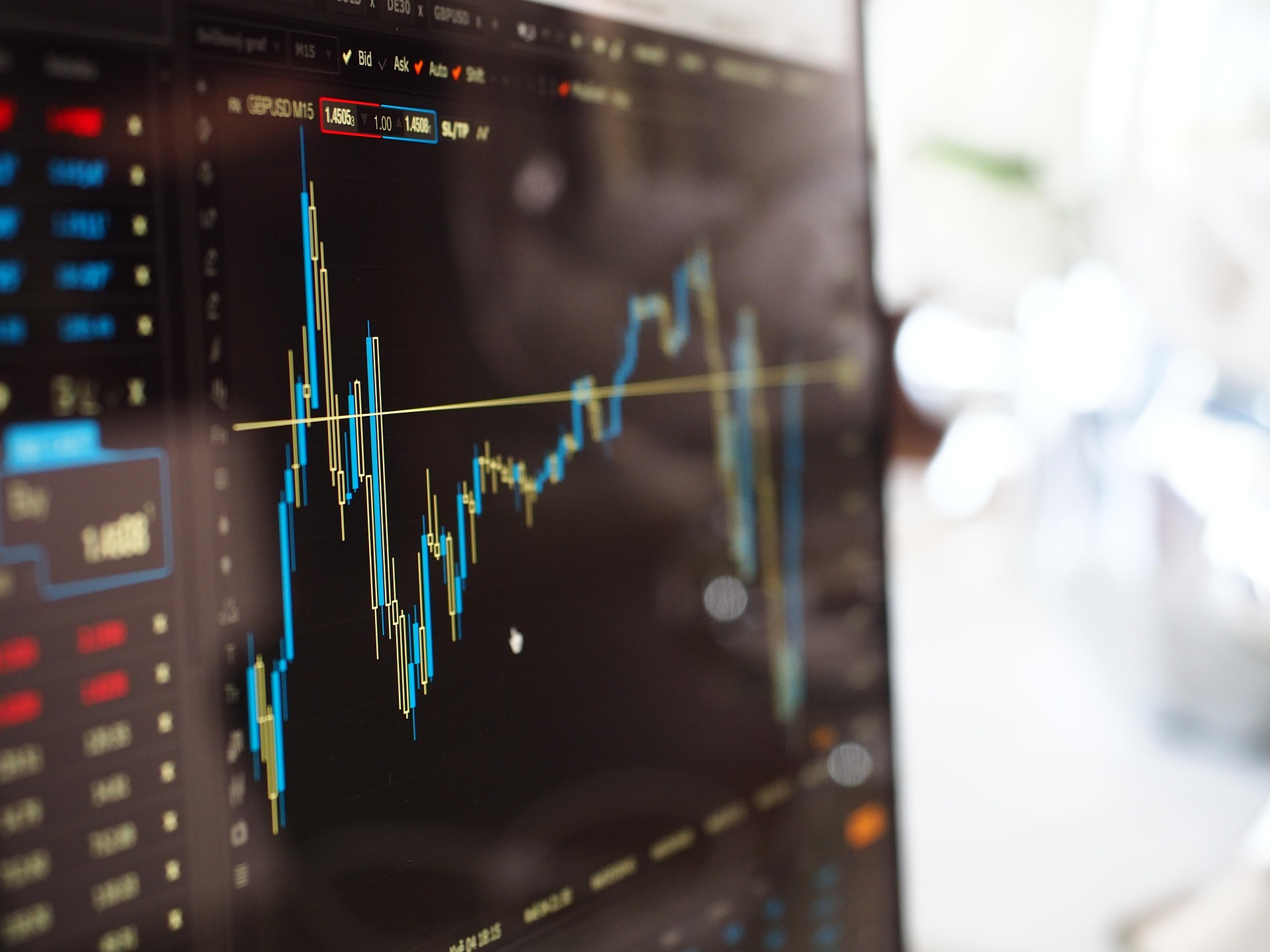US Fiscal Deficit:The growing fiscal deficit in the United States is emerging as a major concern for global investors, raising questions about the long-term stability of equity markets around the world. Financial experts are warning that the combination of escalating national debt, trade tensions, and tariff uncertainties is creating a climate of apprehension, shaking investor confidence across major markets.
US Fiscal Deficit: Rising Debt and Fiscal Concerns Shake Investor Confidence
The growing fiscal deficit in the United States is emerging as a major concern for global investors, raising questions about the long-term stability of equity markets around the world. Financial experts are warning that the combination of escalating national debt, trade tensions, and tariff uncertainties is creating a climate of apprehension, shaking investor confidence across major markets.
The US has a structural budget deficit of 7 percent of GDP at the top of the cycle at a time of Full Employment. This level implies a double-digit blowout and a compound debt trap in the next recession!! The BoA has pencilled in deficits of US$2 trillion this fiscal, US$2.2 trillion in 2026 and US$2.3 trillion in 2027! Money raised by Tariffs $300 billion at best , assuming not counter retaliation or offsetting damage. This does not even slow the fiscal degradation
Moody’s Downgrade Highlights Fiscal Mismanagement
Moody’s recent downgrade of the US credit rating—its first in over a century—has further intensified fears about the country’s fiscal discipline and its ability to manage debt responsibly. This downgrade was driven by concerns over the country’s proposed tax policies, which are expected to add trillions of dollars to the federal deficit over the next decade.
A $36 Trillion Debt and Its Global Impact
Currently, the US national debt exceeds $36 trillion. Such a staggering level of indebtedness could, according to economists, hinder economic growth and contribute to instability in financial markets. The downgrade has already triggered a reassessment of exposure to US-based assets, with many global investors now looking towards alternative markets perceived as more stable or promising.
Market Volatility and Capital Flight from US Assets
Despite the United States’ continued status as a global economic powerhouse, the uncertain outlook surrounding its fiscal policies and trade negotiations has led to cautious behavior in the markets. A noticeable shift is taking place, with funds moving out of US equities and bonds. This exodus has added to market volatility and influenced global capital flows.
India Emerges as a Resilient Market Amid Global Uncertainty
In contrast, India’s economy has demonstrated resilience amid these global disruptions. Stable inflation rates, a strengthening rupee, and favorable oil prices have all contributed to India maintaining its attractiveness to foreign investors. Even as global attention is temporarily drawn to trade deal developments elsewhere, India remains a bright spot for long-term capital allocation.
IMF MD Gita Gopinath Recently Said that: “Emerging markets have shown strong resilience through recent crises by building strong monetary policy frameworks and committing to inflation targeting. Clear, careful communication will be key for central banks to maintain credibility and anchor inflation expectations in uncertain times.”
Safe Haven Appeal of Gold Grows Stronger
At the same time, precious metals such as gold are gaining renewed interest from investors. In a time of fiscal uncertainty, assets like gold are seen as safe havens. Analysts suggest that if the trend of reducing exposure to US assets continues, the demand—and consequently, the value—of gold could climb even higher. despite that Gold’s funds posted $2.9 billion net OUTFLOW last week, the biggest since April 2013 and the 3rd-largest on record. This comes after a massive rally year-to-date.
Global Investment Strategies Are Being Redefined
In conclusion, the US fiscal deficit and credit rating downgrade are proving to be pivotal forces reshaping global investment strategies. As trust in traditional US markets wavers, investors are seeking to diversify their portfolios, exploring new regions and asset classes that offer more stability and potential for growth in an increasingly unpredictable economic environment.
The mounting fiscal deficit in the United States, combined with Moody’s historic credit downgrade and ongoing trade uncertainties, is clearly shifting the dynamics of global investing. As volatility grips US markets, investors are reevaluating their portfolios and seeking safer, more stable opportunities. Emerging economies like India and safe-haven assets such as gold are gaining traction amid these changes. Going forward, global investment strategies are expected to diversify further as financial markets adapt to the evolving US fiscal landscape.

